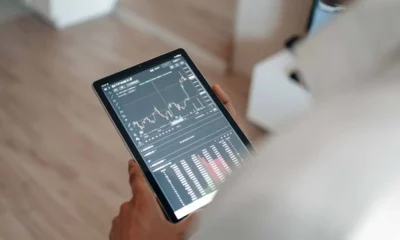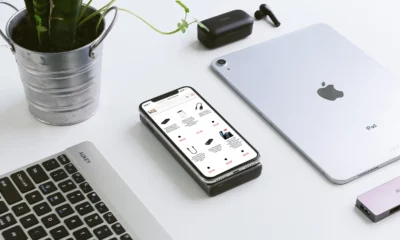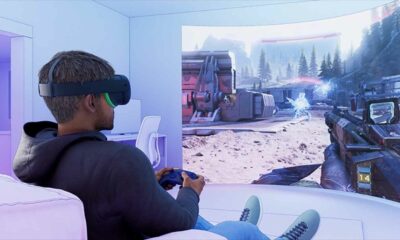Sponsored
How to craft captivating mobile game art that enhances the player’s gaming experience?
This guide on mobile game art design is carefully curated with the input from game design gurus.
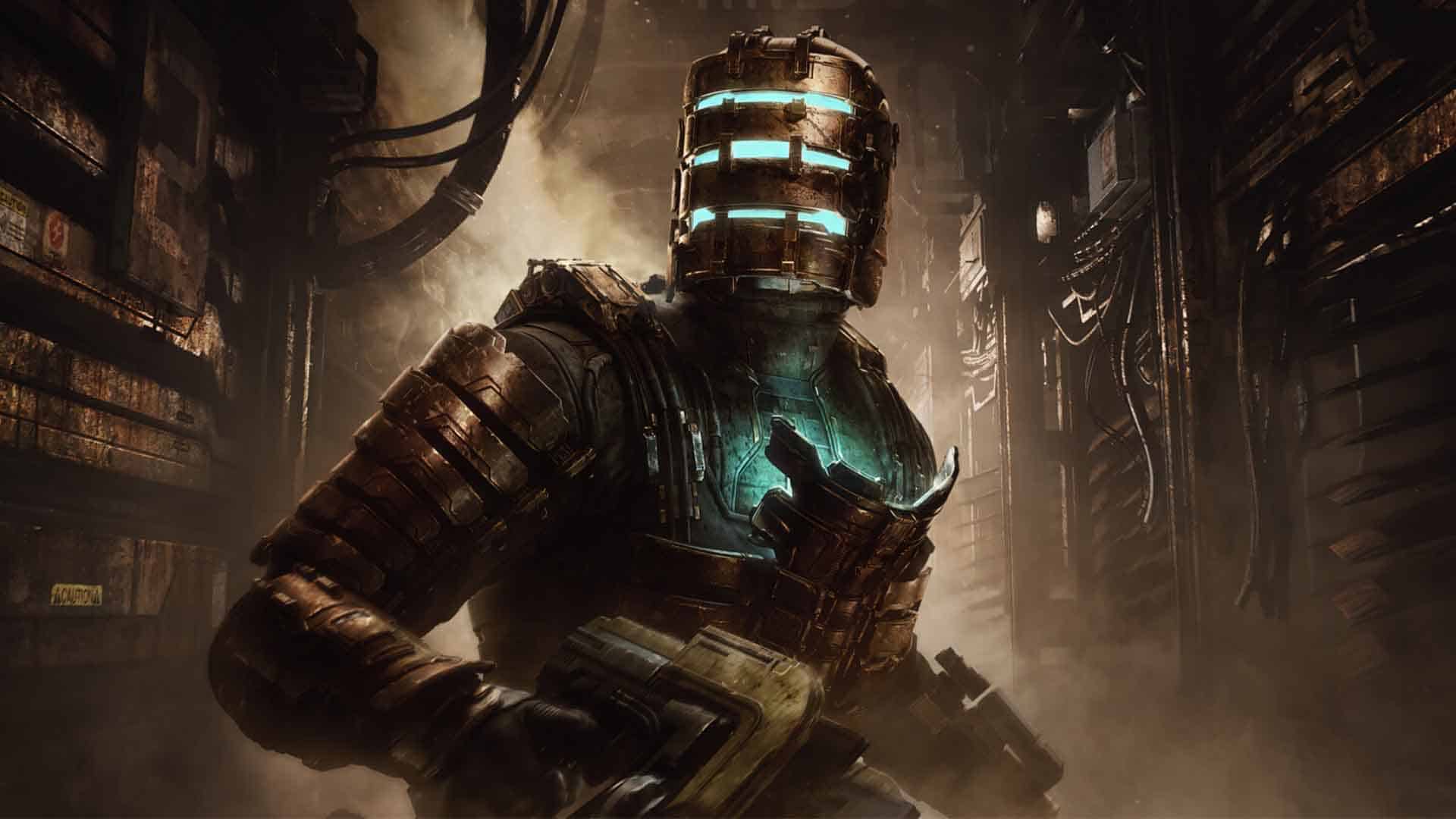
Just a heads up, if you buy something through our links, we may get a small share of the sale. It’s one of the ways we keep the lights on here. Click here for more.
Every mobile game art designer should constantly ponder, “Why do people find games irresistible?” or alternatively, “What makes everyone so drawn to games?”
The answers often lie in the captivating visuals and effects that form the very core of a game, wouldn’t you agree?
The visual style not only defines the atmosphere of your mobile game but also dictates player engagement.
Therefore, the mobile game art should be designed to enhance the storytelling and creative aspect of your game, elevating player anticipation to a thrilling high.
And when we talk about visual aesthetics in gaming, we’re referring to mobile game art. This crucial aspect of the game design process leaves no room for errors.
This guide on mobile game art design is carefully curated with the input from game design gurus at Room8Studio – game art outsource for mobile games. Are you ready to delve into the universe of mobile game art design? Let’s dive right in!
What is mobile game art design?
The mobile game art design is the heartbeat of game development, crafting the artistic dimensions of video games. It can be seen as the pre-production phase of game development that covers all elements like the game world, characters, settings, props, and more.
Game designers – or game artists – are responsible for creating these game concept designs before moving them into the actualization phase, i.e., development.
Some even refer to mobile game art design as “programmer art,” where numerous game artists and technical artists transform rough sketches into digital visuals.
In a place like Room8Studio, we have a dedicated team of game artists, each with unique expertise in mobile game art design, ready to cater to varying game conceptualization, design, and development needs.
Given that mobile game art design encapsulates many aspects, ensuring no loopholes exist in your artistic medium is crucial.
Key video game graphics terms to understand before mobile game art design
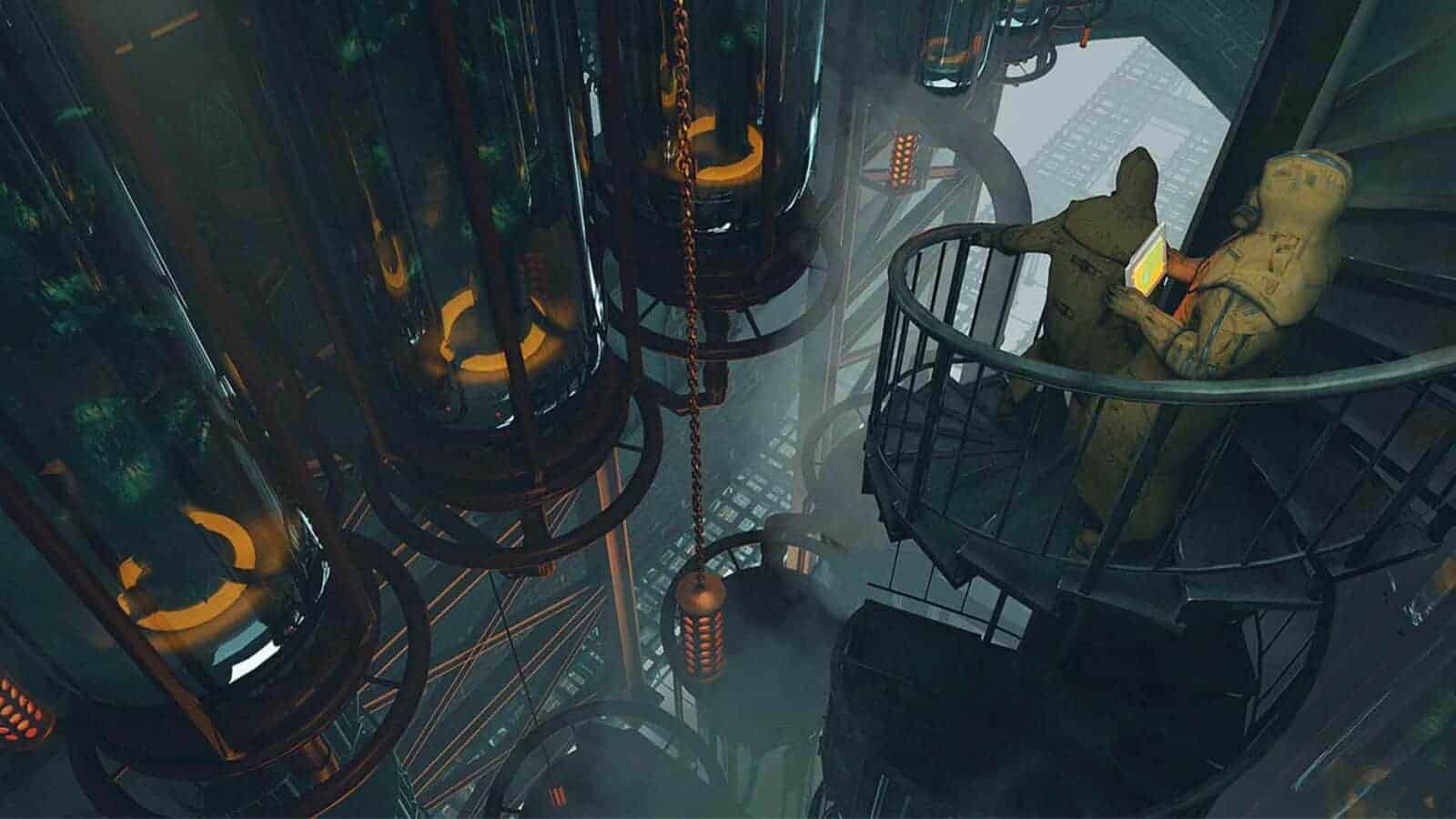
Game design is an extensive process, and every game artist should familiarize themselves with some primary terms, such as:
- Pixel: A pixel is a minute area or a tiny square of colored illumination on a digital screen, forming various visual shapes.
- Pixel Art: Pixel art is a form of 2D visual art that utilizes pixels to animate game characters and the entire game world. This style is reminiscent of early video game aesthetics popularized by renowned video game console companies like the Super – Nintendo Entertainment System (S/NES) and Sega Genesis.
- Low-Poly Design Art: Low-poly art consists of 3D polygon-based visuals with relatively fewer polygons per mesh (about 300+ polygons). This type of art is primarily used in real-time scenarios (online games), unlike high-poly design arts used in animated films and videos with special effects. Games like Subway Surfer, Clash of Clans, Temple Run, and many arcade games have extensively employed low-poly design arts.
- High-Poly Design Art: High poly art comprises 3D visual art composed of many polygons per mesh (1000+ polygons for mobile games). This type of high-quality animation comes with more realistic and detailed structures, hence being in high demand for AAA titles, games featuring real-world-like scenarios (AR/VR games), and so forth.
With a basic understanding of game art components, we can now move on to the process of creating compelling mobile game art design.
Strategies to craft an engaging mobile game art design
The design approach varies based on the type of game and the game system. It’s evident that a game can only jump directly into development by crafting the Mobile Game Art through numerous experiments on the game concept.
Here are some tips for creating mobile game art, as suggested by visual game experts:
Pre-production: Incubation of the game concept
While every product-oriented company is eager to introduce its products to the market promptly, it’s crucial not to rush the inception process of the game’s storyline. This necessitates following a structured procedure before diving into the design phase.
Research and reference gathering
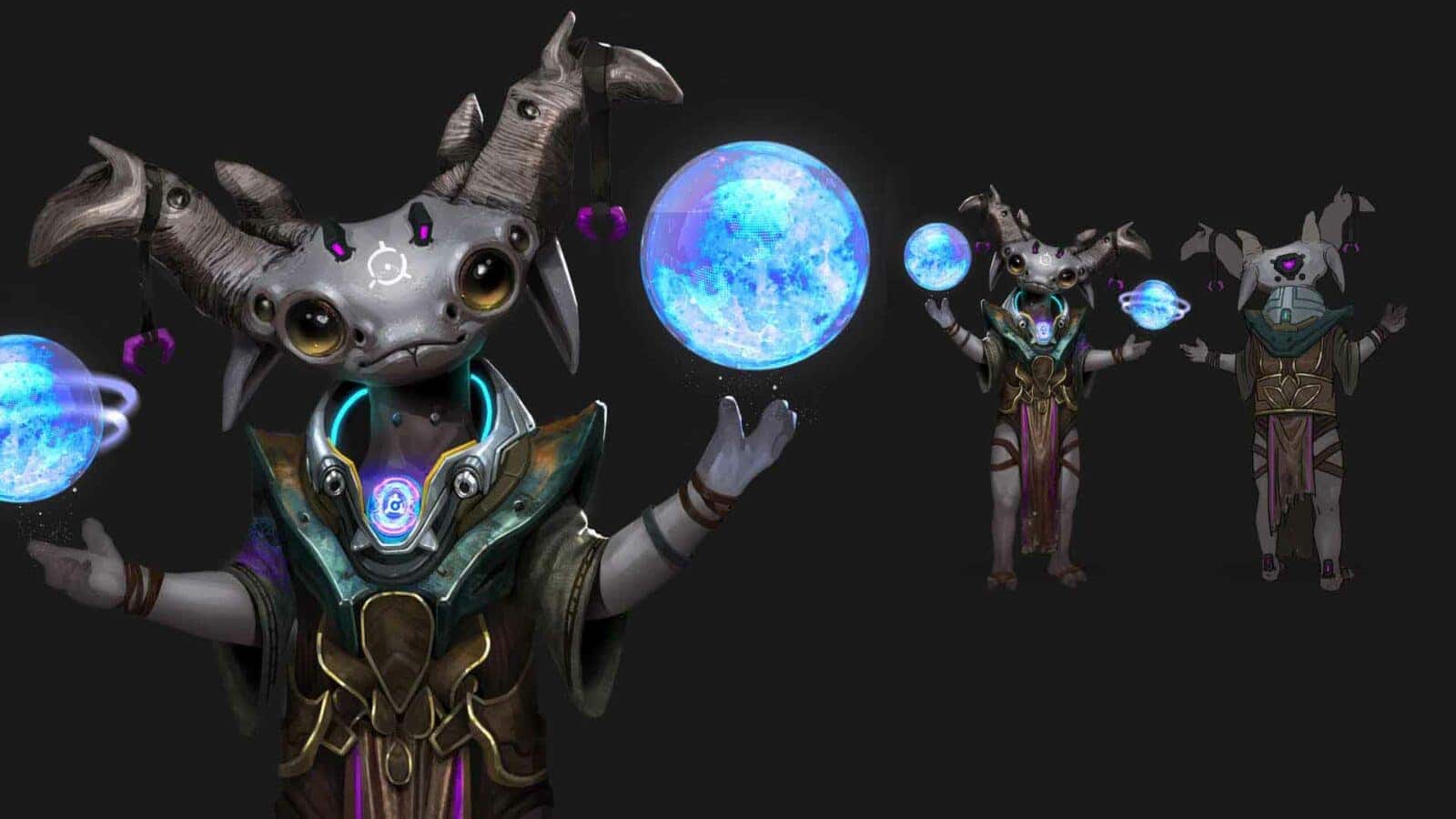
Once you’ve determined your game genre and future plans, it’s time to research competitors and highlight game projects that have been successful in the market. Gather references and identify game art features you find appealing.
This analysis will inform you about what to incorporate and what art styles to steer clear of. You can also gain insights about your target audience’s preferences, allowing you to create unique game art that they will enjoy exploring.
- Creating a strong backstory
A compelling backstory for the game world, characters, and plot is crucial for inspiring imaginative game art. This assists game artists in generating further artistic ideas for the game.
- Documenting game concept art
Once you’ve completed the planning and brainstorming for the game art design, it’s best practice to document the game concept with detailed 2D sketches of game elements.
The method of creating game concept art can vary among artists; some might prefer sketching on paper first, while others might prefer experimenting directly with software like Autodesk Sketchbook.
- Employ high-quality mobile game artists
Strategic planning for the game is important, but execution is just as vital.
Professional game artists can assist in executing your game design by finalizing the best-fit art style, collaborating extensively with your creative team to enhance visuals, and marrying game aesthetics with functionalities – a critical aspect of mobile game development.
- Dive deep into mobile game art design principles
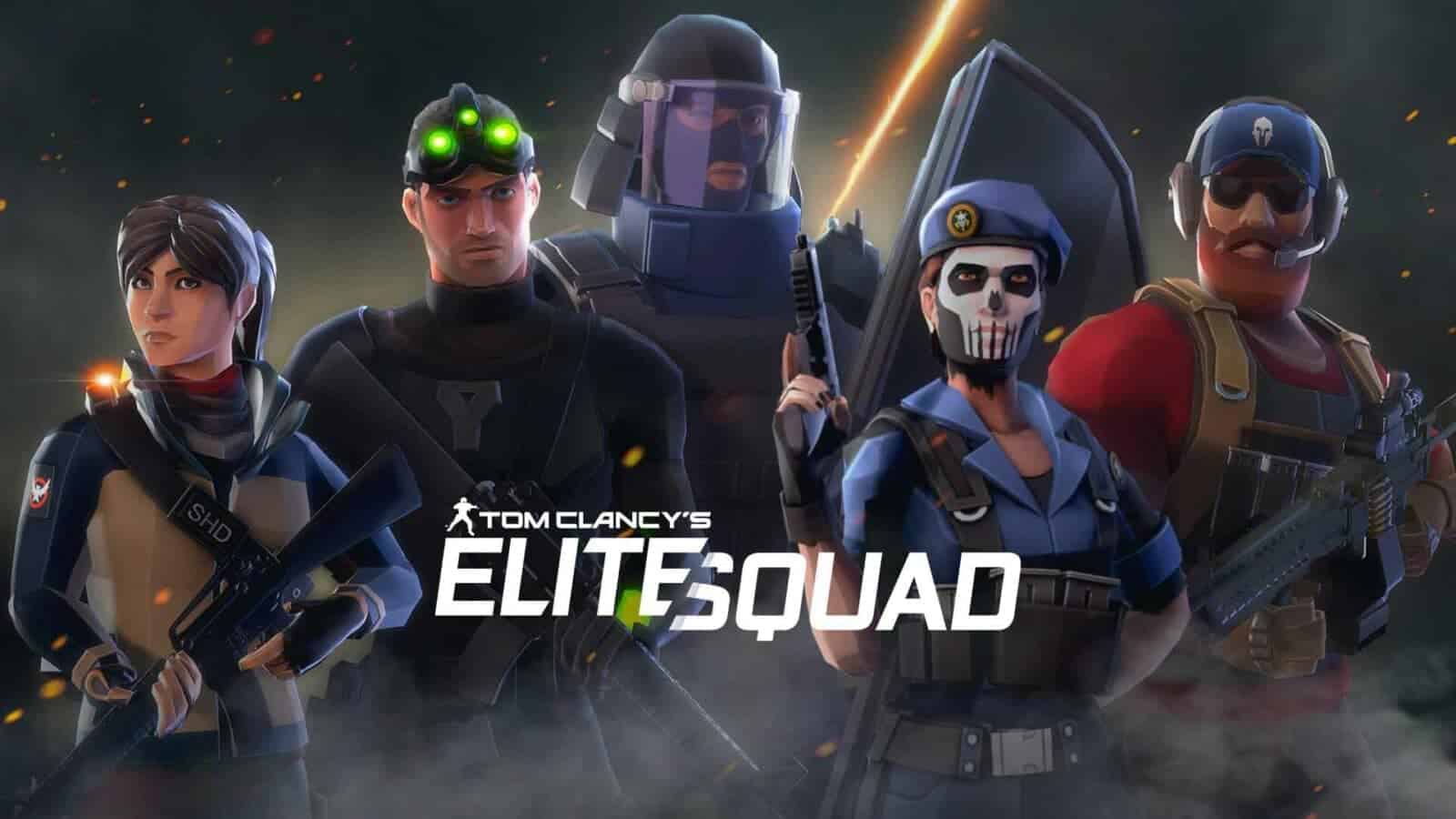
Technical artists must consider numerous factors when designing a game for different devices to ensure device compatibility and performance standards. This is especially true for mobile games.
- Visual size
While creating game object art for mobile games, consider various mobile screen types and the visual size of objects. This can help balance the game screen’s visual size and the appearance of game objects according to their role priority.
- Game art file compression type
After texturing the objects, artists usually export the art in PNG, JPG, or TGA format. However, during game processing, these files are converted into compact formats that are small in size and quick to load.
The ASTC (Adaptable Scalable Texture Compression) file type is highly recommended as it uses variable block sizes to represent the art.
- Level of Detail (LOD) & Mip Maps
It’s best to design objects with fewer vertices to ensure fast GPU rendering time. The Level of Detail (LOD) system can help with this, designing objects in a low-poly model and generating different models as they move away from the foreground.
In combination with LODs, Mip Maps can be used to scale up and down textures flexibly.
- Transparency optimization for game objects
Rendering transparent game elements that overlap can be taxing for all game systems, leading to “overdraw” on mobile screens.
This is why it’s important to optimize transparency in game design, using strategies such as Alpha Blend to create different models with varying transparency.
- Craft art that narrates a clear story
Mobile games, like all visual media, should abide by the mantra, “Let the art speak for itself.” Game art should assist in conveying information, making the gameplay intuitive and engaging.
- Prioritize attractive appearance
Games are played for enjoyment, making it critical to choose an appealing color scheme and to use techniques such as shallow depths of field to effectively style the game elements.
It’s crucial to test how these choices impact the gaming experience and to never underestimate the importance of visual preferences.
- Regular art improvement is essential
With the ever-evolving world of technology and trends, constant improvement and updating of the game UI UX features, levels, performance optimization, and security patches are vital.
The same applies to the game art, which should be regularly upgraded and optimized to align with players’ changing preferences.
- Ensure game art is responsive
Once the game art design process is complete, it’s crucial to ensure it adapts to all screen sizes, including mobile devices, tablets, laptops, TV screens, etc.
Although challenging, investing time in adjusting and experimenting with different configurations will eventually lead to a game art design that is adaptable to all screen sizes.
If you’re seeking the best game designers, then Room 8 Studio Game Studio houses a team of Game Artists and Developers that can prioritize and fulfill your game design and development needs.
Understanding mobile game art design principles
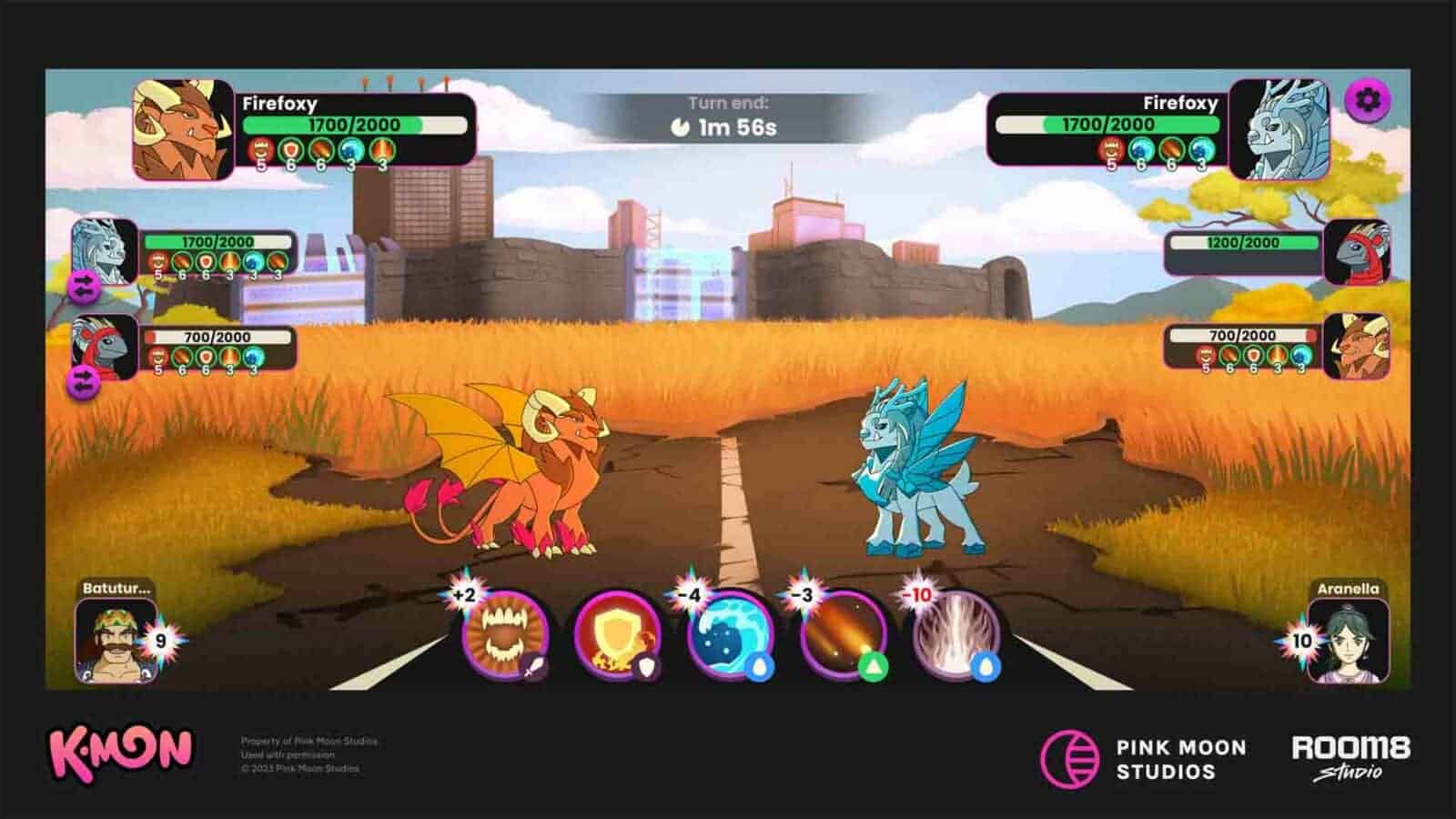
Technical artists must consider many factors while designing a game for different devices. A small calculation error can cause chaos in matching the game design with device compatibility and performance standards, especially for mobile games.
Considerations such as visual size play a key role when creating game object art for mobile games. This factor helps balance the visual size of the game screen (pixel groups for objects – clarity) and the appearance of game objects according to their role priority.
The visual size of the game object dictates the texture space it would need. You wouldn’t want to invest too much visual size on a game object that plays a minor role or requires only a limited number of pixels in the game world.
Understanding these principles can help you create mobile game art that elevates the gaming experience for your players.
Creating textures for mobile game art
The creation of textures is a key aspect of mobile game art design. Textures give life to the game environment and characters, providing a sense of realism and enhancing the game’s immersive experience.
The use of high-resolution textures for important game elements can make them stand out and engage the player more effectively.
However, optimizing the textures to ensure the game runs smoothly is important, especially considering the diverse range of hardware capabilities in mobile devices.
Implementing lighting in mobile game art
Lighting plays a crucial role in setting the mood and atmosphere of a game. It can dramatically affect the game’s aesthetics and how the player perceives the game environment.
Good lighting can highlight important game elements, guide players, or even evoke specific emotions.
However, it’s also essential to optimize the lighting for mobile devices to avoid excessive power consumption and overheating, which could lead to a poor user experience.
The iterative process of mobile game art design
The mobile game art design is an iterative process. Once the initial game art is created, it’s important to refine it based on feedback and playtesting continuously.
This can include tweaking the color schemes, adjusting the proportions of game elements, improving the lighting, or even revamping the entire game art if necessary.
The iterative process allows the game artists to gradually perfect the game art and create a more visually appealing and engaging game.
Collaboration with developers in mobile game art
Collaboration between game artists and developers is vital in the process of mobile game art design. Game artists create the visual assets, while developers implement them into the game engine.
Effective communication between these two roles can ensure that the game art is implemented correctly and that it works well within the game mechanics and the technical constraints of mobile devices.
Post-production in mobile game art design
Once the game art is finalized and implemented, it’s time for post-production. This stage includes polishing the game art, optimizing the game for different mobile devices, and bug fixing.
It’s also when final adjustments are made to the lighting, textures, and other visual effects to ensure that the game looks as good as possible on all supported devices.
In conclusion, mobile game art design is a multifaceted and intricate process involving many skills and expertise. It plays a crucial role in the success of a game, as it can greatly affect player engagement and enjoyment.
Therefore, investing in high-quality mobile game art design can be worthwhile for any game developer.
Have any thoughts on this? Drop us a line below in the comments, or carry the discussion to our Twitter or Facebook.
Editors’ Recommendations:
- Netflix teams up with Ubisoft for new mobile games
- Leadjoy M1B game controller turns iPhones into real gaming machines
- Unpacking game exploits: an in-depth look at Apex Legends
- How to get started and dominate in Minecraft
Disclosure: This is a sponsored post. However, our opinions, reviews, and other editorial content are not influenced by the sponsorship and remain objective.






















